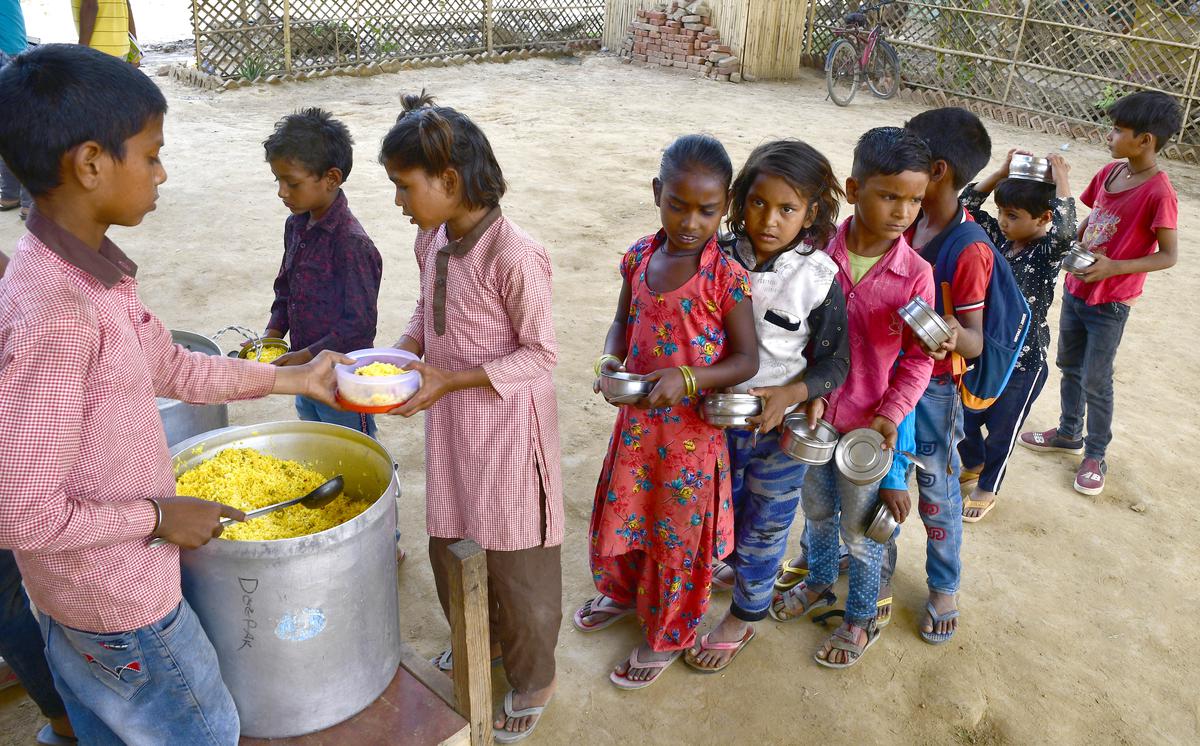According to a report on climate change and food systems published by the International Food Policy Research Institute (IFPRI), India’s food production could drop 16 percent by 2030, while the number of people at risk of hunger could rise 23 percent.
These projections are part of a model that was used to assess the impact of climate change on total food production, food consumption (kcal per person per day), net trade of major food commodity groups, and the population at risk of hunger. The model, dubbed IMPACT, simulates both national and international agricultural markets. Scientists from the Consortium of International Agricultural Research Centers (CGIAR) and other leading global economic modelling efforts contributed to its development, according to the report.
The effects of climate change are taken into account
The number of Indians at risk of hunger in 2030 is expected to be 73.9 million, rising to 90.6 million if the effects of climate change are taken into account. Under similar circumstances, the aggregate food production index would fall from 1.6 to 1.5.
On the plus side, climate change will have no effect on Indians’ average calorie consumption, which is expected to remain roughly constant at 2,600 kcal per capita per day by 2030, even if climate change occurs.
In the context of climate change, baseline projections indicate that global food production will grow by about 60% over 2010 levels by 2050. Due to projected population and income growth, developing countries, particularly in Africa, are expected to grow faster than developed countries in terms of production and demand.
The long-term effects of COVID-19
The long-term effects of COVID-19 and other current geopolitical factors, however, have yet to be factored into these projections. Outside of high-income countries, diets are also shifting toward higher-value foods, such as more fruits and vegetables, processed foods, and animal-source foods. By 2030, meat production in South Asia and West and Central Africa is expected to double, and by 2050, it will triple. Despite this expansion, developing countries’ per capita consumption will remain less than half that of developed countries. Oil crop production is expected to more than double in Southeast Asia and West and Central Africa by 2050, reflecting the growing demand for processed foods.
By 2050, fruit and vegetable production in most regions (Central and West Asia and North Africa; East and Southern Africa; and West and Central Africa) is expected to more than double. Globally, average dietary energy consumption is expected to rise by about 10% to more than 3,000 kcal per capita per day by the same year.
However, due to regional differences in food access, nearly 500 million people are expected to go hungry in the coming years. Climate change will put about 70 million more people at risk of hunger globally, including more than 28 million in East and Southern Africa, according to the report. By 2100, the average temperature in India is expected to rise from 2.4°C to 4.4°C. Summer heatwaves in India are expected to triple by 2100, while summer heatwaves in Pakistan are expected to increase at a rate of 0.71 days per decade.

